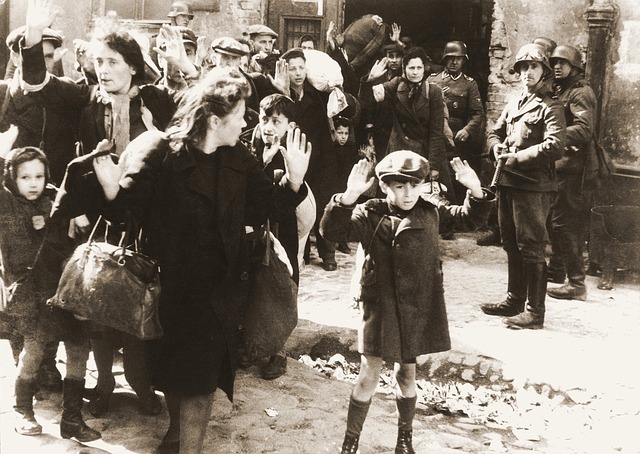Adolf Hitler advocated for the unification of all German-speaking peoples in his book Mein Kampf, and this viewpoint dominated his pre-World War II foreign policy. Despite the fact that the Versailles Treaty, which concluded World War I, was created intentionally to keep Germany weak for as long as possible, he was able to gradually increase German dominance in the middle of the 1930s. The Saar, a region bordering France, was first given back to Germany. Since World War I, it had been occupied by France, but in a 1935 plebiscite, the populace chose to put it back under German rule by a 10 to 1 margin.
Hitler's initial goal for enlarging Germany outside of its borders was Austria. He backed the creation of an Austrian Nazi party to build the foundation for his desire to have German rule over the country of his birth. In an unsuccessful attempt to organize a coup, Austrian Nazis killed Austrian Chancellor Englebert Dolfuss in July 1934. Benito Mussolini, the ruler of Italy, threatened to interfere to save Austria, and this, together with Germany's weak military, persuaded Hitler to refrain from seizing power. Instead, he attempted to improve relations between Germany and Italy, a tactic that was successful when he was the only world leader to back Italy's invasion of Ethiopia. Following the alliance's signing, Mussolini would refrain from interfering with Hitler's plans to attack Austria.
Kurt von Schuschnigg, Austria's new chancellor, was a virtual autocrat like Dolfuss. Schuschnigg attempted to appease Hitler by ensuring that nothing happened that Hitler could use as justification for an invasion despite being aware of his intentions and fearing the expanding Nazi movement in his nation. He appeared to be fretting unnecessarily. Hitler openly said in May 1935 that he had no wish to infringe upon Austria's sovereignty, and in July 1936, he signed a treaty with Austria, reiterating that position. Secret provisions of the pact, however, stated that the Austrian Nazi party would contribute a number of members to the Austrian Cabinet.
On March 12 at first light, they were in position. Schuschnigg resigned after realizing the invasion would happen and not being able to stop it, allowing German troops to cross the border to a cheering crowd. Shortly after, Hitler invaded the nation. He spent the night in Linz and paid his respects at his mother's grave before continuing on to Vienna to address a sizable audience. Many Austrians, especially the young, were pleased when Hitler said that Austria would now become a part of the German Reich.
Hitler and his army benefited from the so-called "invasion" of Austria. They learned that their military was not as well-equipped or organized as they had believed, and they immediately began to make up for this shortcoming. Hitler's presumptions that Britain and France wouldn't take any significant action to stop his aspirations for global conquest were confirmed, just as they hadn't when he had once again taken the Saar and Rhineland. His desire to lead the takeover of Czechoslovakia, which took place six months after the Austrian adventure, was undoubtedly inspired by this inaction.
After losing its independence and becoming a German state, Austria began to persecute everyone who had disagreed with the Austrian Nazi party prior to the Anschluss, or "joining." Jews in Austria suffered the same fate as Jews in Germany and the rest of Europe when they became subject to the whims of the Nazi administration and required to serve in the German military. Even though there was little to no fighting in Austria during World War II, the nation was later controlled by Allied troops and a government.

References:
Churchill, Winston, The Gathering Storm
(Boston: Houghton Mifflin, 1948); Payne,
Robert, The Life and Death of Adolph Hitler (New
York: Praeger, 1973); Shirer, William, The Rise
and Fall of the Third Reich (New York: Simon &
Schuster, 1960).
Posted using Proof of Brain
